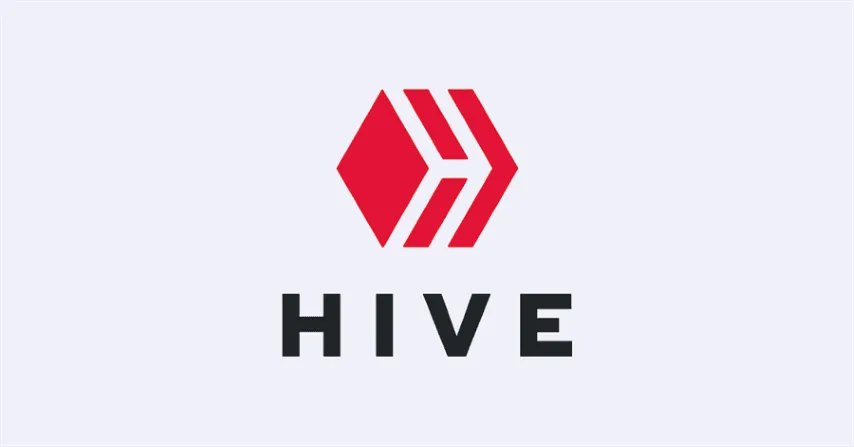We got confirmation that a move will be made to make Hive, once again, much further along of other blockchains from a technical standpoint.
This was something that was put forth by the group behind VSC. Now, we have confirmation that, at least after a preliminary look, it will end up being added tot he base coding.
This is a lesson of how things can work in the decentralized world.
So let us dive into what is going on and how they will change.

Massive Multi-Sig Validation
Multi-signature transactions are a part of decentralization along with security when it comes to blockchain projects. In the centralized world, there are one or two entities that sign off on transactions. This is where we get counterparty risk since we have to trust the financial institutions.
These are nothing new in blockchain. It is something that is used with Ethereum and the ensuing forks. Under that system, we have a few nodes validation the transaction under Mulit-Sig.
The VSC team proposed the idea of adding nodes to the process.
Here is what takes place with Etheruem:
Unfortunately, the reality is most of the top Ethereum L2s solely employ centralized custody or mulitsigs that are not under the control of the community.
Hive is actually much better in this area. From the same post, we see this:
VSC node operators are actually in control of L1 funds, and not a single centralized entity. With all this in mind, there are limitations. We have a maximum of 40 signers on any multisig, which boils down to approximately 30 signers with full control (for a 3/4 consensus). This is still better than an ETH L2 with only two or 3 signers for entire network of thousands of nodes and billions of dollars.
Think about that for a second.
With all the money that flows to Ethereum, their system comes down to a couple nodes controlling transactions that get into the billions. We see a lot of activity on that chain since decentralized finance (DeFi) is so popular. Yet, this could not be considered decentralized.
Hive already laps the field in this area. It is about to get a lot more robust.
Boneh–Lynn–Shacham (BLS) Signatures
The goal is to take this from 30 validators to hundreds, or even thousands.
BLS is very similar to the current signature algorithms implemented on HIVE, except it allows for very efficient signature and public key aggregation. Signature aggregation allows for combining all of the signatures from hundreds of even thousands of public keys into a single one while proving the exact same information. The result is a massive storage space savings for mulitsig operations and allows for a significant expansion of the maximum allowed signers. Mulitsigs on HIVE could easily have hundreds of even thousands of signers inside nearly the same data footprint as a single signature.
Here we see an important security feature that could be added to Hive. What is already far ahead of the leading chain in this area is about to become even more robust.
This was verified by this post. Here is the basic announcement:
We didn't make a transcript of the recording, but for those who don't have time to listen, the [short summary is we discussed some of the potential challenges and we're tentatively planning to support BLS signatures, unless something unexpectedly comes up once we dive into the details of implementing it.
In other words, barring some issues with technical implementation, this is something that is a go ahead. The core development team will program it. This will not be ready for the next hard fork but the ensuing one. At that time, the witnesses will have the option of approving the updated software or not. It is highly unlike consensus rejects it.
Here is the recording for anyone who wants to listen to it:
https://gtg.openhive.network/6a1b65ec/vaultec-bls.webm
True Decentralization
This is another example how Hive is constantly looking to decentralize. Multi-sig transactions are something the average person does not consider. However, as we see, even with that, it can still be highly centralized.
Hive is not the only one looking to implement this. That said, when looking at the base layer along with layer two constructs, we can see how, at least with VSC, decentralization is the primary focus.
We also have another lesson to take from this.
The ones behind VSC is different from the core development team. To my knowledge, they are not highly interactive with each other. Yet here is an example of where someone proposed a change that looks to benefit the ecosystem and the entire community. Once the technical implementation was gone over, it was approved.
Often, on Hive, these things take time. That is the nature of decentralization. It is not as efficient as centralization. The difference comes when we look at innovation. Here is someone within the community, who had a need, and was able to offer a solution. Would the core team have found this? Only if they were searching, i.e. it was a priority to them. There is every chance that other things were their focus and, since they are not building in this area, it would go unnoticed.
Here is where decentralization, in the long run, tends to usurp centralized systems. Because there are different people with needs to do not align, many solutions are offered up. As these are implemented, a more robust system emerges.
If we are looking to build something that is outside the reach of governments and central banks, implementations such as this are crucial. Resiliency comes from decentralizing the entire process. It is hard to target the node system when more than 1,000 of them are signing off on transactions.
We often overlook some of the less sexy stuff. We have discussed the idea of the Hive Financial Network on a number of occasions. Implementations like this will only serve to create a more powerful network as things are built out.
Nothing is operating in a vacuum.